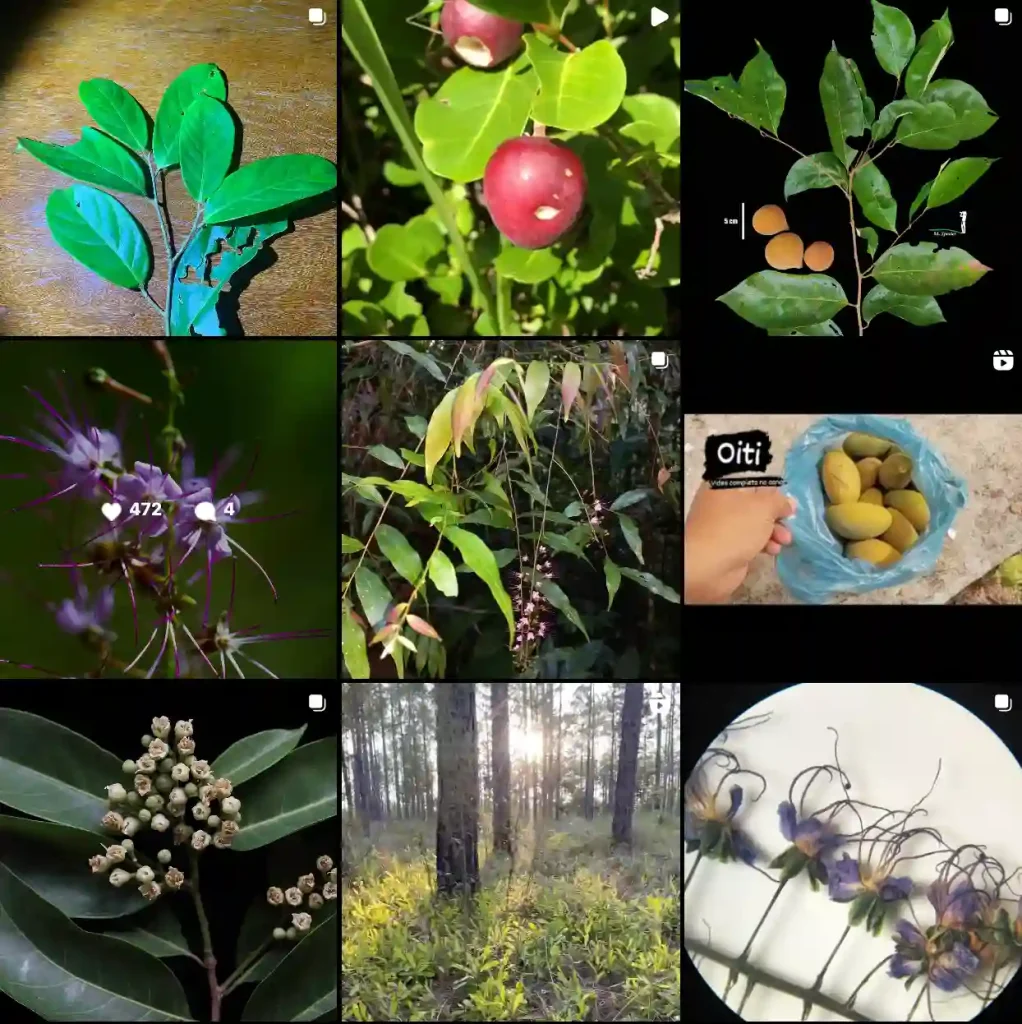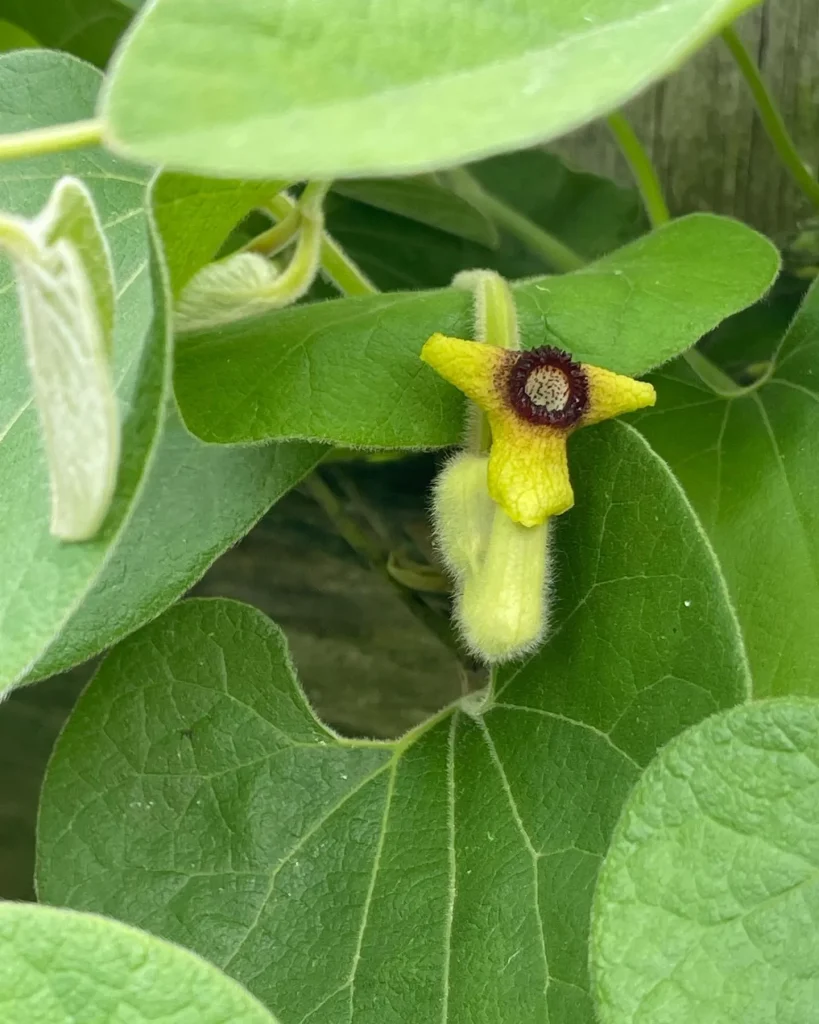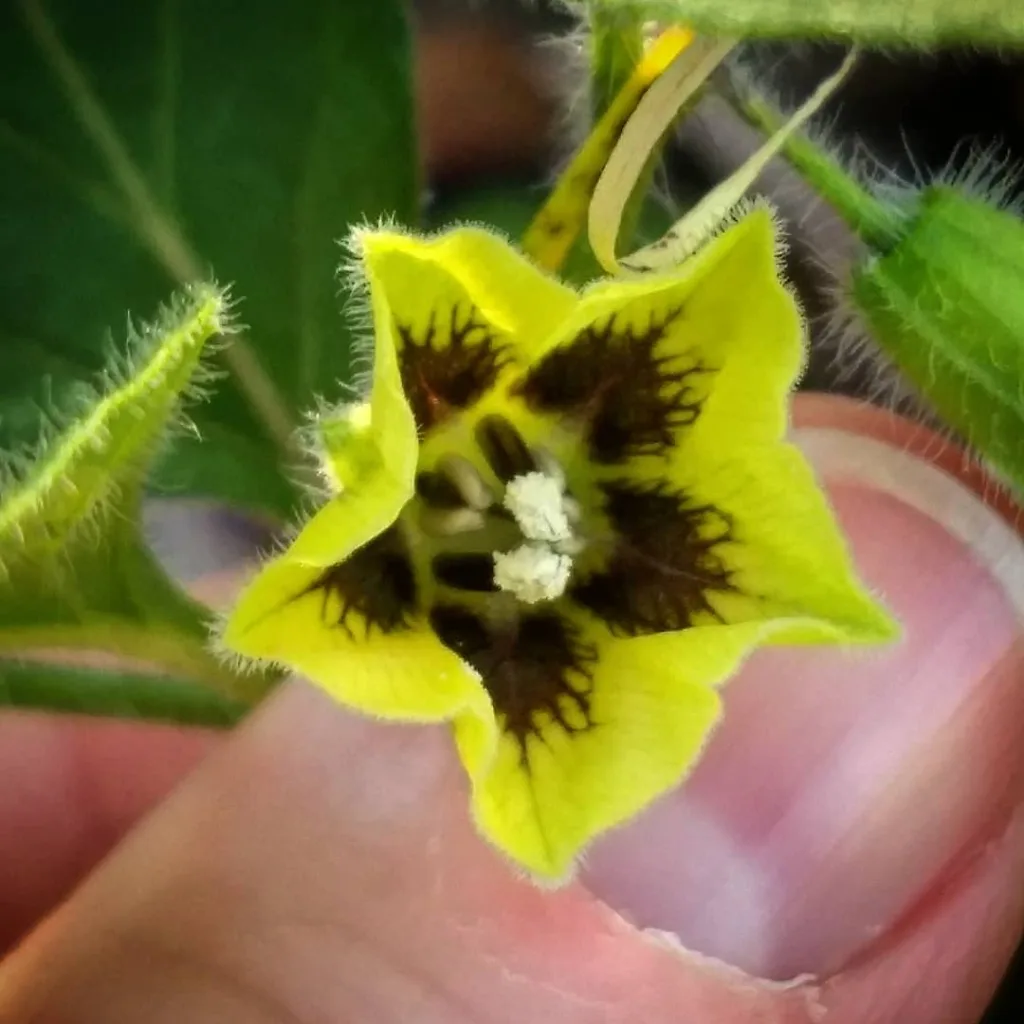The Itch You Just Can’t Scratch: My Encounters with Toxicodendron
I’m Ferb Vu, and like many people, I’ve had some unpleasant run-ins with plants in the genus Toxicodendron from the Anacardiaceae family. You probably know them better by their common names: poison ivy, poison oak, and poison sumac. These plants are notorious for causing an itchy rash, thanks to a sneaky little oil they produce called urushiol.
My first encounter with Toxicodendron happened when I was a kid. We were on a family camping trip, and I was exploring the woods near our campsite. I saw this vine with shiny, three-lobed leaves and thought it would be fun to climb. Big mistake. A few days later, I was covered in an itchy rash that drove me crazy. My parents finally figured out what had happened and treated me with calamine lotion and cool compresses. It took a while, but the rash eventually went away.
Since then, I’ve learned to identify and avoid Toxicodendron plants. But it’s not always easy. These plants are masters of disguise, and they can grow in various forms, from small shrubs to climbing vines.
The Usual Suspects: A Toxicodendron Lineup
- Toxicodendron acuminatum (DC.) C.Y.Wu & T.L.Ming
- Toxicodendron bimannii Barbhuiya
- Toxicodendron borneense (Stapf) Gillis
- Toxicodendron calcicola C.Y.Wu
- Toxicodendron delavayi (Franch.) F.A.Barkley
- Toxicodendron diversilobum (Torr. & A.Gray) Greene
- Toxicodendron fulvum (Craib) C.Y.Wu & T.L.Ming
- Toxicodendron grandiflorum C.Y.Wu & T.L.Ming
- Toxicodendron griffithii (Hook.f.) Kuntze
- Toxicodendron hirtellum C.Y.Wu
- Toxicodendron hookeri (K.C.Sahni & Bahadur) C.Y.Wu & T.L.Ming
- Toxicodendron khasianum (Hook.f.) Kuntze
- Toxicodendron × lobadioides Greene
- Toxicodendron nodosum (Blume) Kuntze
- Toxicodendron oligophyllum S.L.Tang, Liang Ma & S.P.Chen
- Toxicodendron orientale Greene
- Toxicodendron pubescens Mill. Plant FAQs: Toxicodendron Pubescens – Poison Oak
- Toxicodendron quinquefoliolatum Q.H.Chen
- Toxicodendron radicans (L.) Kuntze
- Toxicodendron rhetsoides (Craib) Tardieu
- Toxicodendron rostratum T.L.Ming & Z.F.Chen
- Toxicodendron rydbergii (Small ex Rydb.) Greene
- Toxicodendron striatum (Ruiz & Pav.) Kuntze
- Toxicodendron succedaneum (L.) Kuntze
- Toxicodendron sylvestre (Siebold & Zucc.) Kuntze
- Toxicodendron trichocarpum (Miq.) Kuntze
- Toxicodendron vernicifluum (Stokes) F.A.Barkley
- Toxicodendron vernix (L.) Kuntze
- Toxicodendron wallichii (Hook.f.) Kuntze
- Toxicodendron yunnanense C.Y.Wu
Beyond the Itch: Understanding Urushiol
The reason these plants cause such an itchy rash is because of urushiol, an oily resin found in all parts of the plant, including the leaves, stems, roots, and even the smoke from burning plants. Urushiol is a potent allergen, and it only takes a tiny amount to trigger an allergic reaction in most people.
When urushiol comes into contact with your skin, it binds to proteins in your skin cells. Your immune system recognizes these modified cells as foreign and launches an attack, causing inflammation, redness, itching, and blisters. The reaction usually develops within 12 to 48 hours after exposure and can last for several weeks.
The good news is that urushiol can be removed from your skin if you act quickly. Wash the affected area with soap and cool water as soon as possible after exposure. You can also use rubbing alcohol or specialized poison ivy washes to remove the oil.
Respecting the Itch: Avoiding and Treating Toxicodendron
The best way to avoid getting a rash is to learn to identify Toxicodendron plants and stay away from them. Remember the old saying, “Leaves of three, let it be.” If you’re not sure whether a plant is poisonous, it’s best to err on the side of caution and avoid it.
If you do come into contact with a Toxicodendron plant, wash the affected area immediately. Over-the-counter treatments like calamine lotion, hydrocortisone cream, and antihistamines can help relieve the itching. In severe cases, your doctor may prescribe oral steroids to reduce inflammation.
Even though my experiences with Toxicodendron haven’t been pleasant, I’ve come to respect these plants. They’re a reminder that nature is powerful and that we need to be aware of our surroundings. By learning to identify and avoid these plants, we can enjoy the outdoors without fear of the dreaded itch.
If i die, water my plants!



